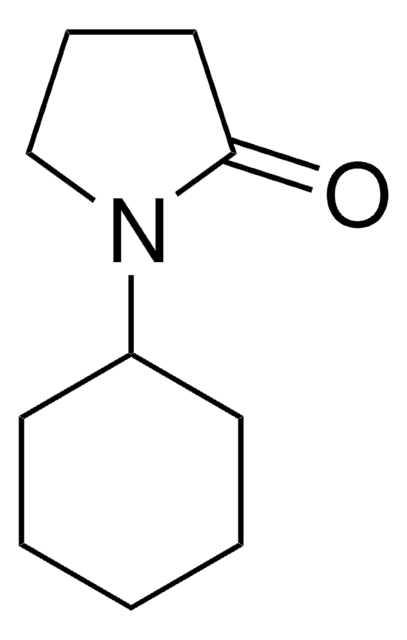Wichtige Dokumente
700339
Titan(IV)-oxid, Mischung aus Rutil und Anatas
nanoparticles, <100 nm particle size, dispersion, 48-52 wt. % in xylene, 99.9% trace metals basis
Synonym(e):
Titandioxid
About This Item
Empfohlene Produkte
Assay
99.9% trace metals basis
Form
dispersion
nanoparticles
Konzentration
48-52 wt. % in xylene
Partikelgröße
<100 nm
~30 nm (primary particle size of starting nanopowder)
bp
>135 °C
SMILES String
O=[Ti]=O
InChI
1S/2O.Ti
InChIKey
GWEVSGVZZGPLCZ-UHFFFAOYSA-N
Suchen Sie nach ähnlichen Produkten? Aufrufen Leitfaden zum Produktvergleich
Allgemeine Beschreibung
Signalwort
Danger
Gefahreneinstufungen
Aquatic Chronic 3 - Asp. Tox. 1 - Eye Dam. 1 - Flam. Liq. 3 - Skin Corr. 1B - STOT RE 2 Inhalation - STOT SE 3
Zielorgane
Central nervous system,Liver,Kidney, Respiratory system
Lagerklassenschlüssel
3 - Flammable liquids
WGK
WGK 3
Flammpunkt (°F)
80.6 °F
Flammpunkt (°C)
27 °C
Hier finden Sie alle aktuellen Versionen:
Besitzen Sie dieses Produkt bereits?
In der Dokumentenbibliothek finden Sie die Dokumentation zu den Produkten, die Sie kürzlich erworben haben.
Kunden haben sich ebenfalls angesehen
Artikel
Dye-sensitized solar cells directly convert sunlight to electricity
Over the last decade, dye-sensitized solar cells (DSSCs) have attracted much attention because these unconventional solar cells exhibit high performance and have the potential for low-cost production.
One of the more traditional photovoltaic devices, single crystalline silicon solar cells were invented more than 50 years ago, currently make up 94% of the market. Single crystalline silicon solar cells operate on the principle of p-n junctions formed by joining p-type and n-type semiconductors.
Few Monolayer Atomic Layer Deposition (ALD) on Surfaces and Interfaces for Energy Applications
Unser Team von Wissenschaftlern verfügt über Erfahrung in allen Forschungsbereichen einschließlich Life Science, Materialwissenschaften, chemischer Synthese, Chromatographie, Analytik und vielen mehr..
Setzen Sie sich mit dem technischen Dienst in Verbindung.




